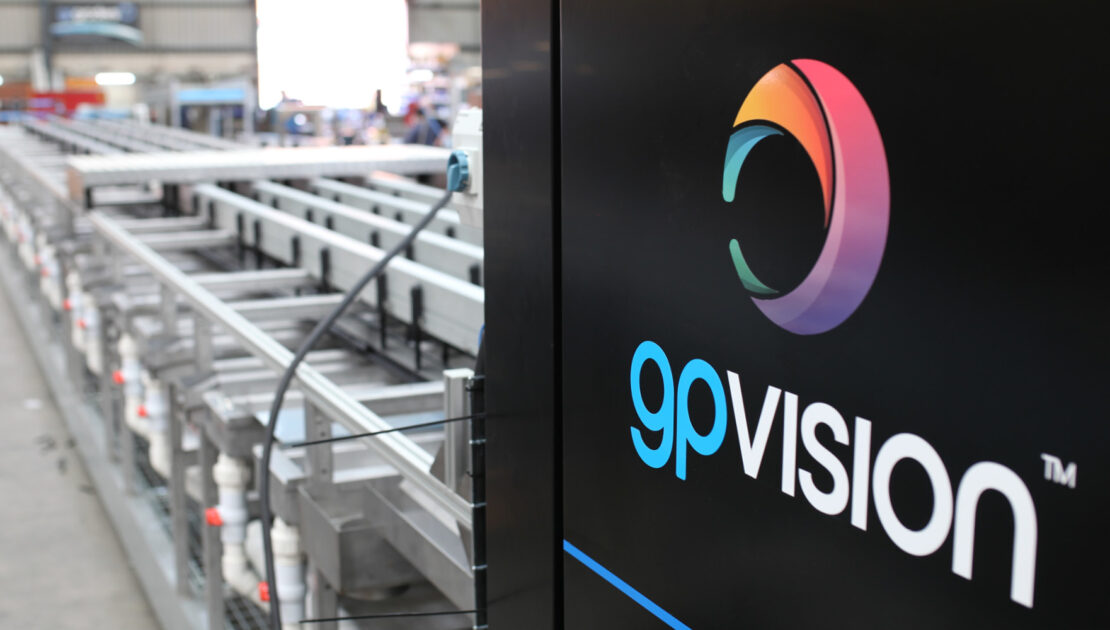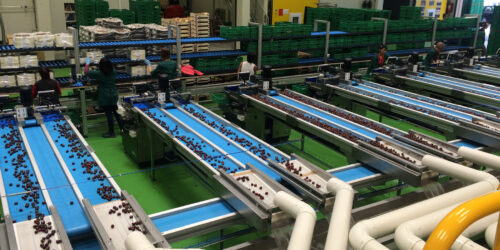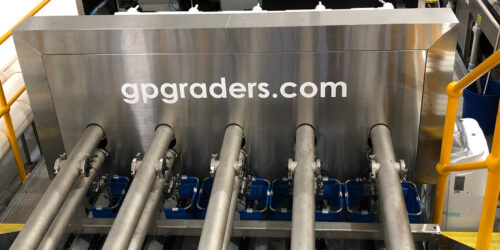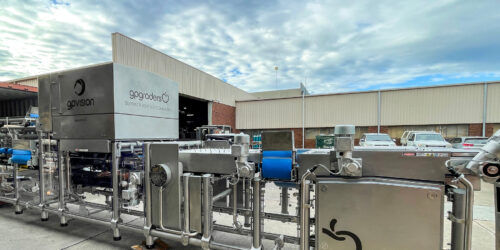We’re proud to partner with so many exceptional agricultural businesses, enhancing the overall productivity and excellence of the fresh produce industry globally.
- 29 March 2023
- gpgraders
- No Comments

A cherry chat with SM Export
We recently dropped by SM Export in Curicó, Chile, to have a chat with Jaime Arrieta (Operations Manager), about their packhouse processes, grader performance and the cherry harvest season that’s just wrapped up.
What size are your orchards and how long have you been growing cherries?
We have 331 há. of cherries with 205 há. in full production and we’ve been growing cherries for the past 15 years.
What varieties of cherries do you grow?
Royal Dawn, Santina, Stella, Lapins, Bing, Kordia, Skeena, Regina, Sweet Heart, Staccato and Tulare.
How was the 2022/2023 season, heading into harvest?
In general, we think it was a good season in terms of volume, quality, and condition, however, our biggest problem has been the pitting. In order to find the origin of this issue, an Impact Detection Report was made on the grader, the result was a couple of points on the machine with problems which were repaired.
What was been the biggest challenge this harvest season?
For exporters, it is always a challenge to reach their destination with fruit in good condition. To achieve this, it is necessary to do a good job in the orchard, then control the cold chain well, and finally have delicate handling of the fruit during packing. Labor is always another important issue to consider, it is increasingly difficult to have enough people in the packing houses and orchards.
It’s been a challenging few years, have you had any big wins this year?
People with more experience in the industry were hired, and this helped us a lot to have more precise control of the different processes. Another thing that helped the whole process was the closeness they had with the GP technicians in order to correct parameters that could be affecting the performance of the machine.
What’s been the best thing about moving your grading systems over to gpVision™?
In general, the GP machine did its job both in size, color, and defects, however, the problem continues to be the apical split that cannot be seen with the cameras. Now the biggest problem is that could not be solved was the high volume of fruit in the returns, we hope to be able to handle this better in the following season.
Have you seen a reduction of labour requirement since working with gpVision™?
In general, the decrease has been noticed, however, since there are defects that cannot be seen, sometimes we had to assign more people to help eliminate the fruit with defects that the camera could not detect.
At a time when staffing is harder than ever before, how important are electronic sorting systems in the fruit industry?
The electronic classification helps a lot, however, more automation must be considered in the rest of the packaging lines. There are many other points at which it could be automated.



